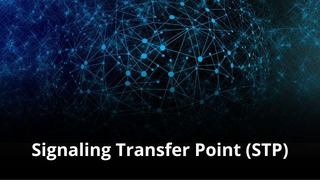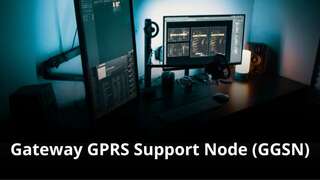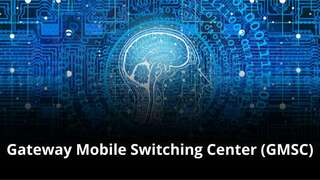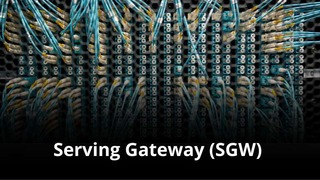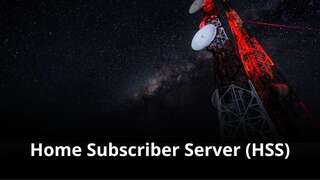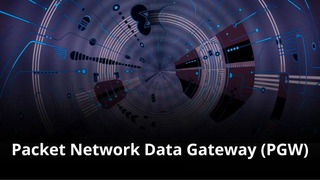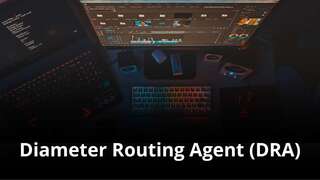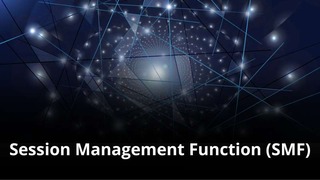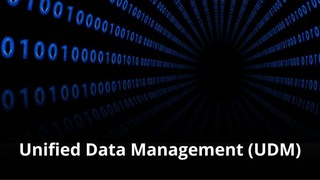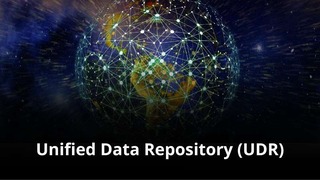Introduction about the Network Repository Function (NRF)
The Network Repository Function (NRF) is a critical and foundational component within the architecture of the 5G Core (5GC) network. Understanding its purpose is essential for comprehending how 5G networks, built on a Service-Based Architecture (SBA), enable dynamic communication between network functions. This entity acts as the central, authoritative service registry and discovery system. You can think of it as the core network’s directory or “Yellow Pages.” It allows any Network Function (NF) to find and communicate with other NFs (like the AMF, SMF, or PCF) that provide necessary services. You will find it crucial for any operator aiming to uphold modularity, rapid scalability, and seamless deployment of new services in their 5G environment.
What are the details of a Network Repository Function (NRF)?
- History and Evolution of the Network Repository Function
- Core Utility and Functionality of the NRF
- Technical Integration and Data Model
- NRF Ownership for MVNOs and IoT Companies
- Organizational Impact of NRF Ownership?
- Redundancy and High Availability
- Impact of 6G, Cloud-Native, and Automation Architectures on the NRF
- Frequently Asked Questions about the NRF
- Summary
History and Evolution of the Network Repository Function (NRF)
The concept of a centralized service registry is a departure from previous network generations. In 2G/3G/4G, core network elements communicated directly using fixed points or hard-coded configurations (like the S6a interface between MME and HSS). With the adoption of the Service-Based Architecture (SBA) in 5G, network functions were designed to be modular, cloud-native services that communicate via common interfaces (APIs). The Network Repository Function (NRF) was created specifically to manage this new ecosystem. Its original design focused predominantly on enabling service discovery and maintaining a real-time list of all available network services, which is vital for the flexibility and rapid scaling of the 5G core. Its architecture is built on modern IT principles, mirroring microservices architecture standards like DNS and service meshes.
Core Utility and Functionality of the NRF
What is the NRF Used For?
The Network Repository Function (NRF) is the definitive system for managing the dynamic communication map of the 5G core. Its primary purpose is to allow any 5G Network Function (NF) to register itself upon deployment and to allow other NFs to discover and select an appropriate instance of a needed service. It is crucial for decoupling NF instances, ensuring that the AMF doesn’t need to know the specific IP address of every SMF, but rather asks the NRF for an available one. This supports the highly dynamic and distributed nature of the 5G core.
Key Functions of the Network Repository Function (NRF)
Lets investigate the core functions of the Network Repository Function (NRF) to understand its critical role in 5G network operations:
- Service Registration: Allows any Network Function (NF) instance to register its services, capabilities, and profile (e.g., location, slice support) with the NRF upon starting up.
- NF Profile Management: Stores the detailed profile of each registered NF instance, including its supported APIs, capacity, and the network slice instances (S-NSSAI) it serves.
- Deregistration: Manages the graceful removal of NF profiles from the repository when an instance shuts down or is taken out of service.
- Heartbeat/Status Monitoring: Tracks the operational status and “liveliness” of registered NF instances to ensure that the discovery process only returns available and healthy services.
- Load-Aware Selection: Can assist NF consumers in selecting the optimal NF instance based on load information or other deployment criteria.
- NF Set Management: Manages logical groupings (sets) of NF instances that offer the same services, simplifying the discovery process for client NFs.
- Security/Authorization Context: Provides the necessary security context to NFs for secure access to the SBA service mesh, often issuing tokens for mutual authentication.
- NF Service Update: Allows registered NF instances to update their profiles dynamically, for instance, when their capacity or supported slices change.
Technical Integration and Data Model
The Network Repository Function (NRF) is the core integrator in the 5G Service-Based Architecture. Examine its key integration points:
- All 5GC Network Functions (AMF, SMF, PCF, UDM, etc.): These are both the data providers (registering their services) and the data consumers (discovering other services). Communication is typically over the Nrf interface (service-based, Nnrf).
- Operation and Maintenance (O&M) Systems: Interfaces are used for configuration, monitoring, and debugging of the NRF itself.

Technical Data Model and Key Interfaces
The NRF employs a structured Technical Data Model centered around the NF Profile. This profile contains unique identifiers (like NF Instance ID), service endpoints (URIs), capabilities (like supported S-NSSAI), and status information. Key interfaces utilized by the NRF are exclusively based on the HTTP/2 protocol and the Service-Based Architecture (SBA):
- Nnrf (Service-Based Interface): The core interface used by all NFs for:
- Registration: POST requests to submit their profile.
- Discovery: GET requests to query available NF instances based on criteria (type, slice ID).
- Status Update: PUT requests to update their profiles.
- RESTful APIs: The entire NRF interface is defined using standard RESTful principles, often employing JSON data payloads, enabling straightforward integration with modern cloud-native practices.
NRF Ownership for MVNOs and IoT Companies
Why Own an NRF?
For an MVNO or an IoT company, owning a dedicated Network Repository Function (NRF) (or a distinct, isolated instance) is fundamental to creating an independent 5G core network slice. Since the NRF controls who talks to whom, owning it allows these companies to gain significant control over service isolation, slice segregation, and internal routing. This is essential for: 1) ensuring their AMFs only communicate with their own SMFs/UPFs within their slice; 2) rapidly deploying new, customized microservices specific to their business (e.g., an IoT-specific analytics function) and making them immediately discoverable; and 3) maintaining full autonomy over their core network’s topology, which is impossible when relying on a host MNO’s shared NRF.
Advantages and Disadvantages of NRF Ownership
Full Autonomy over NF deployment, enabling independent scaling and lifecycle management within their slice.
Guaranteed Isolation of services, ensuring their traffic and control plane signaling are completely separated from the host MNO.
Rapid Service Integration of new, customized NFs (e.g., proprietary policy functions) into their core without MNO approval.
Tailored Discovery Logic that can prioritize specific NF instances for low-latency or edge computing deployment.
Enhanced Visibility into their own service mesh topology, aiding in performance monitoring and troubleshooting.
High Initial Investment in specialized, highly available, cloud-native platform infrastructure.
Operational Complexity requiring expertise in NFV, container orchestration (Kubernetes), and microservices discovery.
Maintenance and Upgrade Costs for a critical, 24/7 directory and database system.
Interconnection Challenges with the host MNO’s shared resource NFs (e.g., a shared UDM or AUSF).
Database Management Complexity due to the need for real-time synchronization of NF profiles.
Organizational Impact of NRF Ownership
Analyzing the organizational impact of owning a Network Repository Function (NRF) across various business units.
Operational Impact: Requires the establishment of a dedicated technical team proficient in RESTful API management, microservices architecture, and cloud-native databases. This team will monitor NF registration rates, manage service discovery latency, and ensure the NRF database remains consistent and highly available. Recruitment of personnel with modern software development and cloud operations (DevOps) expertise is critical.
Financial Impact: Evaluate the capital expenditure (CapEx) for the initial software licenses and the underlying cloud infrastructure required for a scalable database and application layer. High ongoing operational expenditure (OpEx) will cover salaries for highly skilled cloud architects and developers, along with cloud subscription costs or hardware maintenance.
Commercial Impact: Leverage the NRF for its speed in integrating new business services. Since new NFs can register and be used instantly, the time-to-market for complex services that involve multiple network functions is drastically reduced.
Technical Impact: Mandates the implementation of robust security protocols, including OAuth 2.0 or similar mechanisms, to ensure only authorized NFs can register or discover services. The company assumes end-to-end responsibility for the integrity of the service mesh and NF-to-NF communication.
Redundancy and High Availability

The Network Repository Function (NRF) is a central dependency for every control-plane transaction in the 5G core; therefore, Redundancy and High Availability (HA) are absolutely critical requirements. Implement a fully redundant system architecture, typically achieved through active-active clustering and geographical distribution of the NRF instances. This design ensures that if one instance or site fails, NF consumers can instantly redirect their discovery requests to an available NRF. Rigorous database synchronization mechanisms (often using distributed databases) are mandatory to ensure that the NF profile repository is always consistent across all NRF instances, preventing service misrouting or connection failures.
Impact of 6G, Cloud-Native, and Automation Architectures on the NRF
NRF’s Transition
The NRF is a cornerstone of the 5G core’s cloud-native nature. Its future evolution is expected to focus on becoming even more dynamic and highly automated. It is a critical enabler for the zero-touch automation vision, allowing the network to heal and scale itself by dynamically discovering resources.
6G, Cloud-Native, and Automation Architecture
In the 6G core, the NRF’s functionality will likely be integrated with or highly influenced by advanced AI/ML-driven resource orchestration. It will evolve from a static directory to a dynamic resource broker, actively matching service requests with NF instances based on real-time performance, energy consumption, and policy constraints. The fundamental role of the NRF—to enable autonomous service interaction in a cloud-native environment—will only become more essential as the network grows in complexity and scale.
Frequently Asked Questions about the Network Repository Function (NRF)
1. What is the main function of the NRF?
The primary function is service discovery and registration. It allows network functions (NFs) to dynamically find other required NFs in the 5G core’s Service-Based Architecture (SBA).
2. What is the Nnrf interface?
The Nnrf interface is the service-based API through which all other NFs communicate with the NRF for registration and discovery, typically using HTTP/2.
3. How does the NRF relate to cloud-native principles?
The NRF is based on cloud-native microservices architecture, acting as the service mesh registry. This design allows NFs to be stateless and independently scalable.
4. What information does the NRF store?
The NRF stores the NF Profile for each instance, which includes its type (e.g., AMF), supported services, API endpoint (URI), and the Network Slice (S-NSSAI) it serves.
5. What 4G function is the NRF most similar to?
The NRF has no direct equivalent in 4G. It replaces the need for hard-coded network element addresses with a dynamic, centralized registry.
Summary
The Network Repository Function (NRF) is the central, authoritative service registry that enables dynamic communication and modularity in the 5G Core (5GC). Acquiring and operating a dedicated NRF offers MVNOs and IoT companies significant advantages in service autonomy, slice isolation, and rapid deployment of customized functions. However, this decision involves managing a complex, high-availability database and requires specialized expertise in cloud-native and microservices architectures. Its conceptual role—that of the master service directory—is fundamental to the flexibility and automated nature of the 5G and future core networks.
